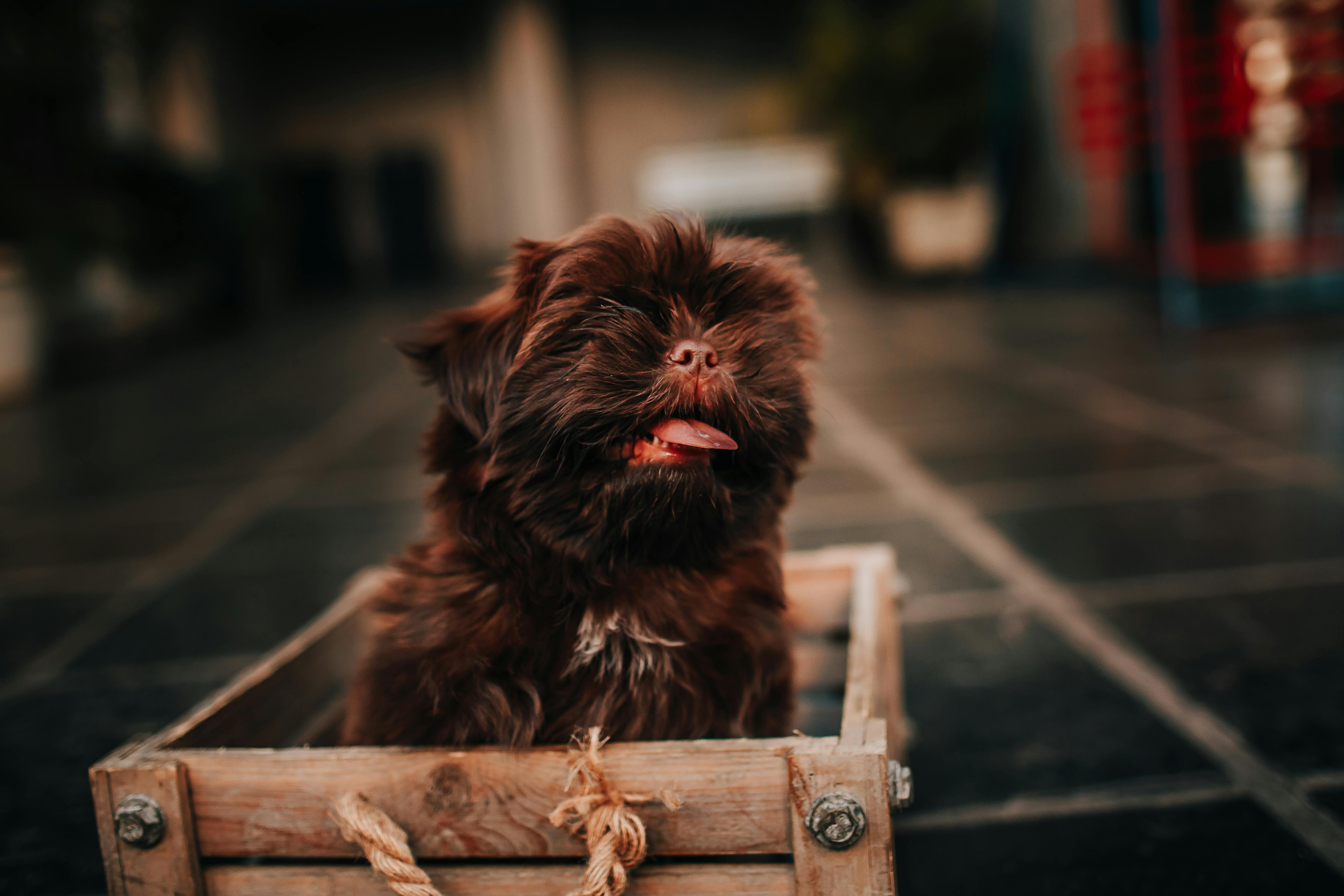Description: The Doberman Pinscher is an agile and active dog. The dog will measure 26 to 28 inches at the shoulder, with the bitch 2 inches shorter. Depending on the sex, the Doberman will weigh between 60 and 88 pounds. The Doberman Pinscher has a short, wiry coat that can be black with tan markings, black, red, blue, or fawn. The ears are usually cut off and then taped so they stand upright. The tail is normally docked. The Doberman is a very fast dog with great resistance. He is an extremely intelligent dog and easy to train. This dog can live between 15 and 20 years. The Doberman is also called a Dobe.
History: This breed owes its origin to a German tax collector named Karl Louis Doberman. He needed a dog to protect him when he was transporting sums of money through dangerous regions. Doberman also ran a kennel and used some of the boarders in his breeding program. Since he particularly liked the appearance of the Miniature Pinscher, he used it to develop the physical standard for the breed. In 1876, the Doberman Pinscher appeared in his first dog show.
Temperament: Many people consider the Doberman Pinscher to be an aggressive dog. It is true that there can be considerable variation in temperament within the breed. The Doberman Pinscher bonds strongly with his human family and needs to interact with them. Being a large and strong dog, the Doberman needs a firm owner. The humans in the family must be dominant over it. It is recommended that the Doberman be socialized with both children and other dogs.
Health Problems – A major source of health problems in this breed is congenital heart disease. The Doberman can also suffer from von Willebrand’s disease (a form of hemophilia), and any dog considered for breeding should be tested for this terrible condition. As with most larger breeds, the Doberman can develop hip dysplasia. Wobbler syndrome, which causes an erratic, wobbly gait, can sometimes be treated with medication. Torsion or bloating of the stomach is also a concern in the Doberman.
Grooming: Possessing a short coat that does not shed excessively, the Doberman Pinscher is an easy dog to groom. The dog benefits from weekly brushing, but frequent bathing is unnecessary. The dog’s nails should be kept short and the teeth should be brushed regularly.
Living conditions: The Doberman Pinscher needs to be with his human family. He bonds closely with them and suffers mentally if he is separated from them. The Doberman not only protects those he cares for, but wants to interact with them at all times. This dog should not be kept outdoors, not only for psychological factors, but also because it does not tolerate cold. One important thing to remember is that this dog has a very high energy level and needs a lot of exercise every day. The Doberman will make a docile companion in an apartment as long as he gets enough exercise.
